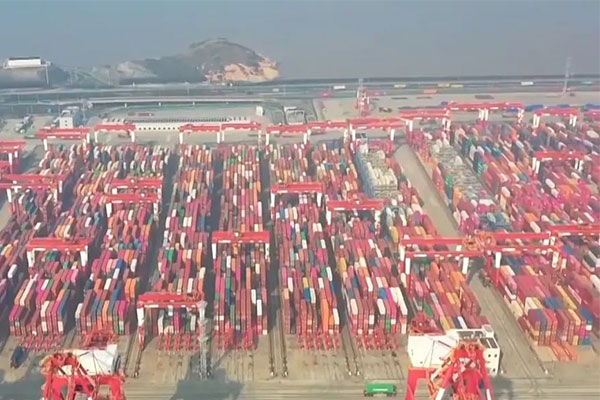
Now is the perfect time for hot pot base to "go global."
As the iconic symbol of Chongqing, hot pot base is "spreading its aroma worldwide" at an annual growth rate of 30%. By 2024, this "Oriental magic seasoning" has successfully captivated the taste buds of over 30 countries and regions. However, to ensure this spicy and savory delight reaches overseas dining tables smoothly, three critical hurdles must be overcome:Enterprise qualification filing, customs clearance requirements, and access rules of the target market.
Level 1: Guide to Obtaining a Corporate "Passport"
Just as traveling abroad requires a passport, enterprises also need to obtain two crucial "passes" for export:
- Import/export goods consignor/consignee filing: It can be completed in one stop through the "multi-certificate integration" method, as convenient as applying for an "e-passport."
- Export foodProduction enterprise records: It is necessary to establish a comprehensive food safety and hygiene control system, which serves as the "health certificate" for the enterprise.
Special Reminder: The filing application can now be fully processed online through the "Internet + Customs" platform, making it as convenient as "online shopping."
Level 2: Customs Clearance "Clearance Guide"
The customs clearance of hot pot base is like playing a clearance - game, and the following strategies need to be mastered:
Commodity classification and declaration
The "ID number" of hot pot base is the tax code 21039090, which requires special attention during declaration:
- The ingredient content should be accurate to the percentage.
- The packaging specifications must indicate specific information such as "XX grams/bag".
- The brand name should be prepared in both Chinese and English.
Preparation of customs declaration materials
Just like preparing travel documents, the following need to be prepared:
- Basic materials: the "three-piece set" of contract, invoice, and packing list
- Special Materials: Factory Inspection Report, Packing List, and other "Specialty Certificates"
- In special circumstances, an export license or other "visa" may also be required.
3. Inspection of vaccinesThe flow
Customs inspection is like airport security check, and there may be three situations:
- Green channel: Direct release
- Manual inspection: Unboxing inspection
- Laboratory testing: Requires "sampling and analysis"
Level 3: Target Market "Entry Guide"
Different countries have their own distinctive "entry policies" for hot pot base ingredients:
South Korea: The Meticulous "Food Detectives"
Need to be completed in advance:
- Online registration (completed within 3 working days)
- Testing of 8 types of packaging materials
- Korean label production
Japan: The Meticulous "Quality Controller"
Must pass:
- JAS certification
- Nutritional ingredient labeling
- Triple quarantine checkpoints
United States: The "Regulator" of the Aftermarket
Key focus areas:
- FDA pre - declaration
- Sampling inspection ratio of 3% - 5%
- Enterprise - independent quality responsibility system
EU: Systematic "Security Experts"
Mandatory requirements:
- HACCP certification
- Food traceability system
- Declaration of compliance with relevant directives
The "Clearance Tips" with a fragrance that spreads far and wide.
Based on 20 years of foreign trade experience, it is recommended to pay special attention to:
- 3 months in advanceStudy the regulations of the target market
- Reserve a 15% time bufferDeal with inspection and quarantine
- EstablishedRaw material traceability filesDeal with EU inspections
- PrepareMultilingual version labelsAdapt to different markets
With this "Spicy Guide" in hand, Chongqing hotpot base is sure to "waft its aroma" across the globe. Remember, successful export is like simmering hotpot base—it requires mastering the heat and having the patience to wait for the flavors to bloom.


 Follow Customer Service WeChat
Follow Customer Service WeChat